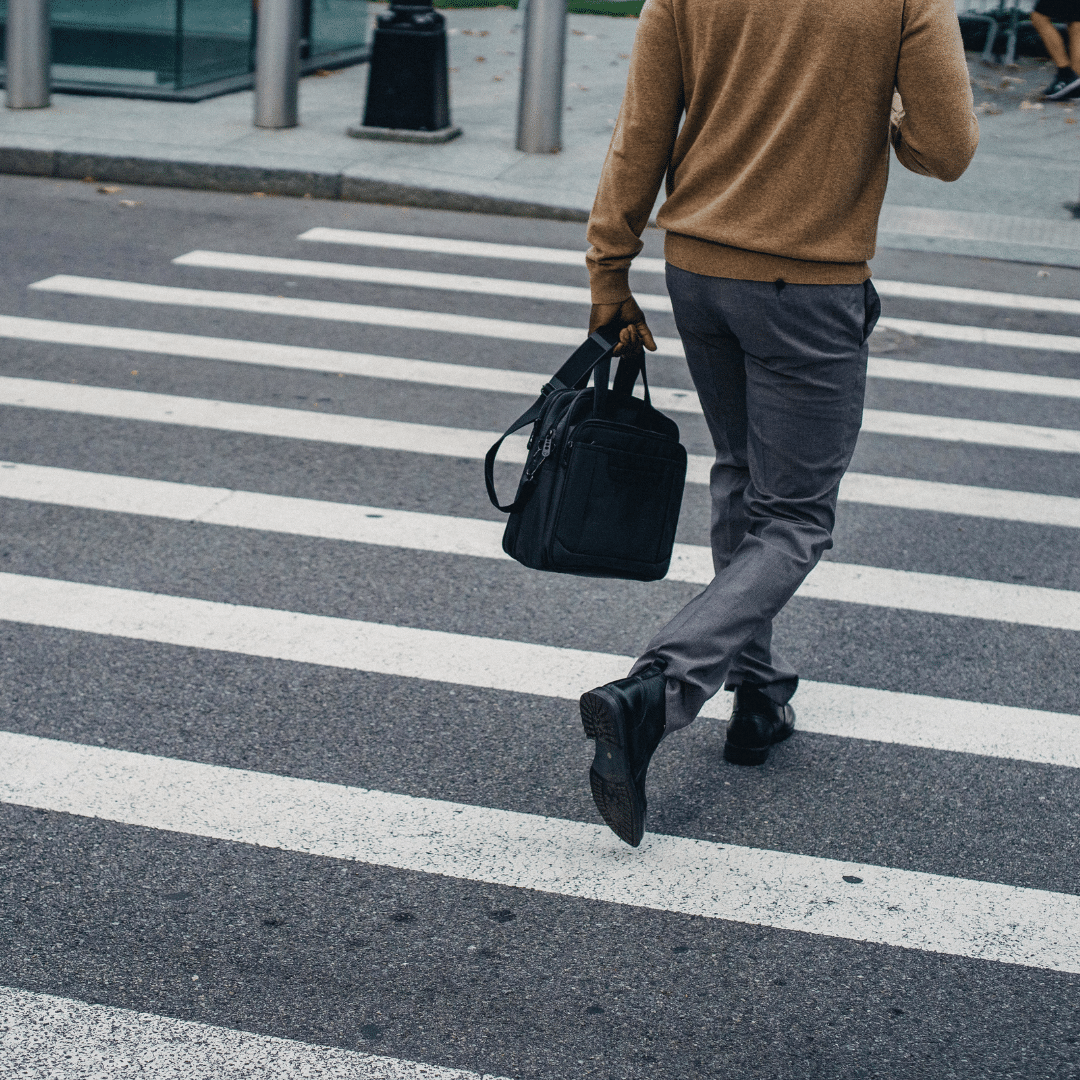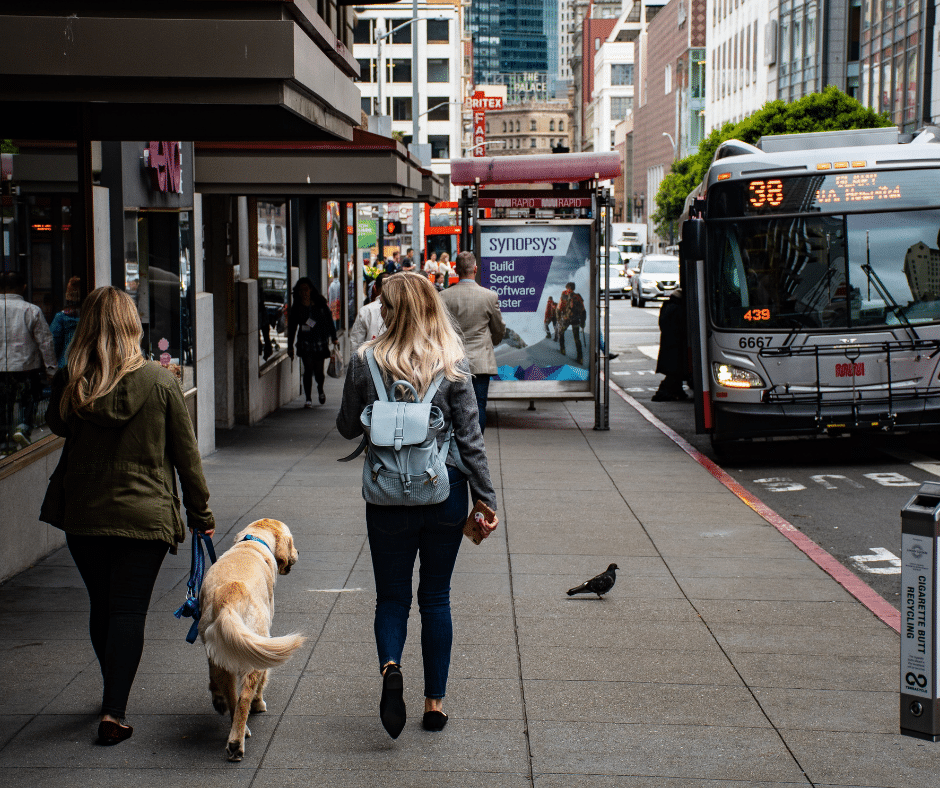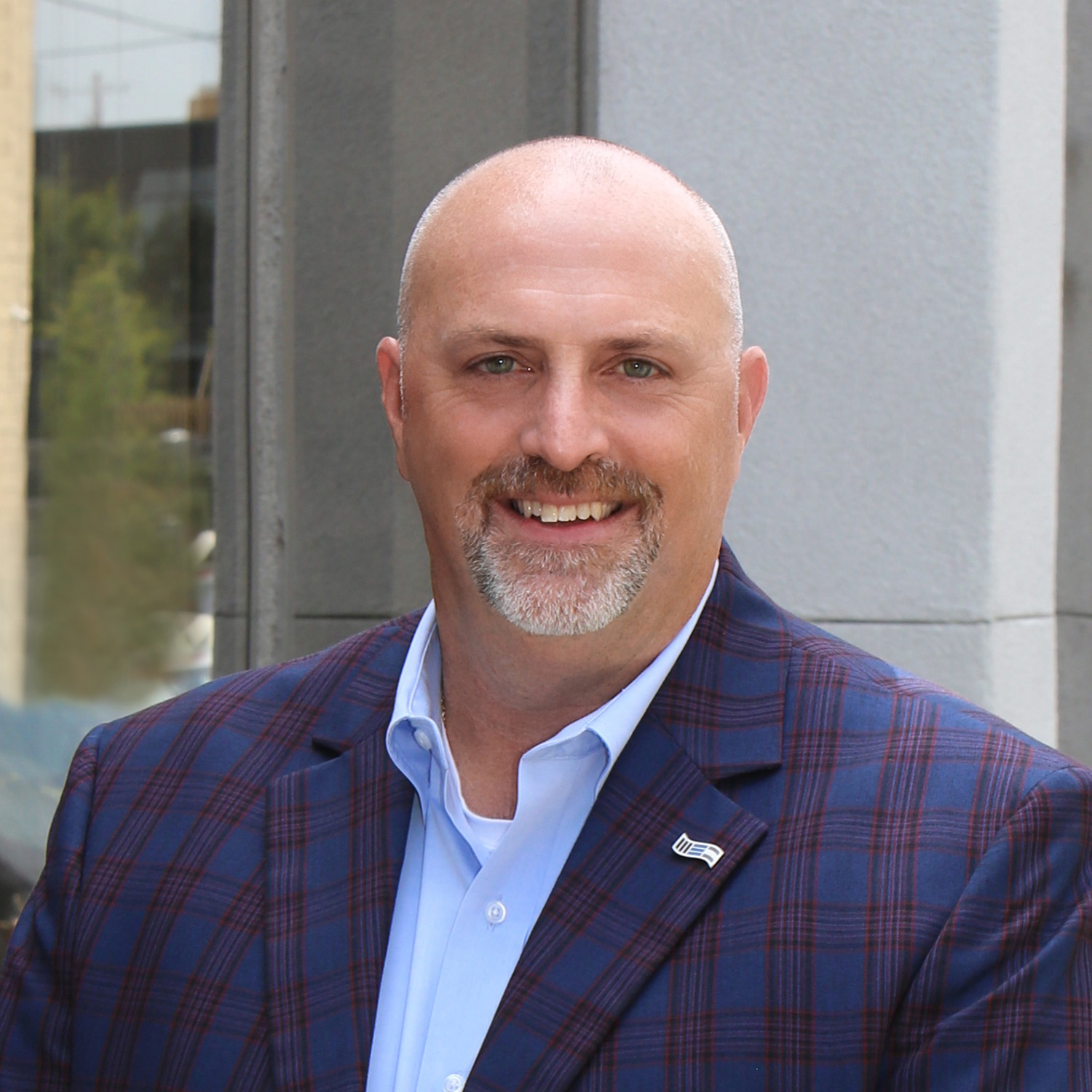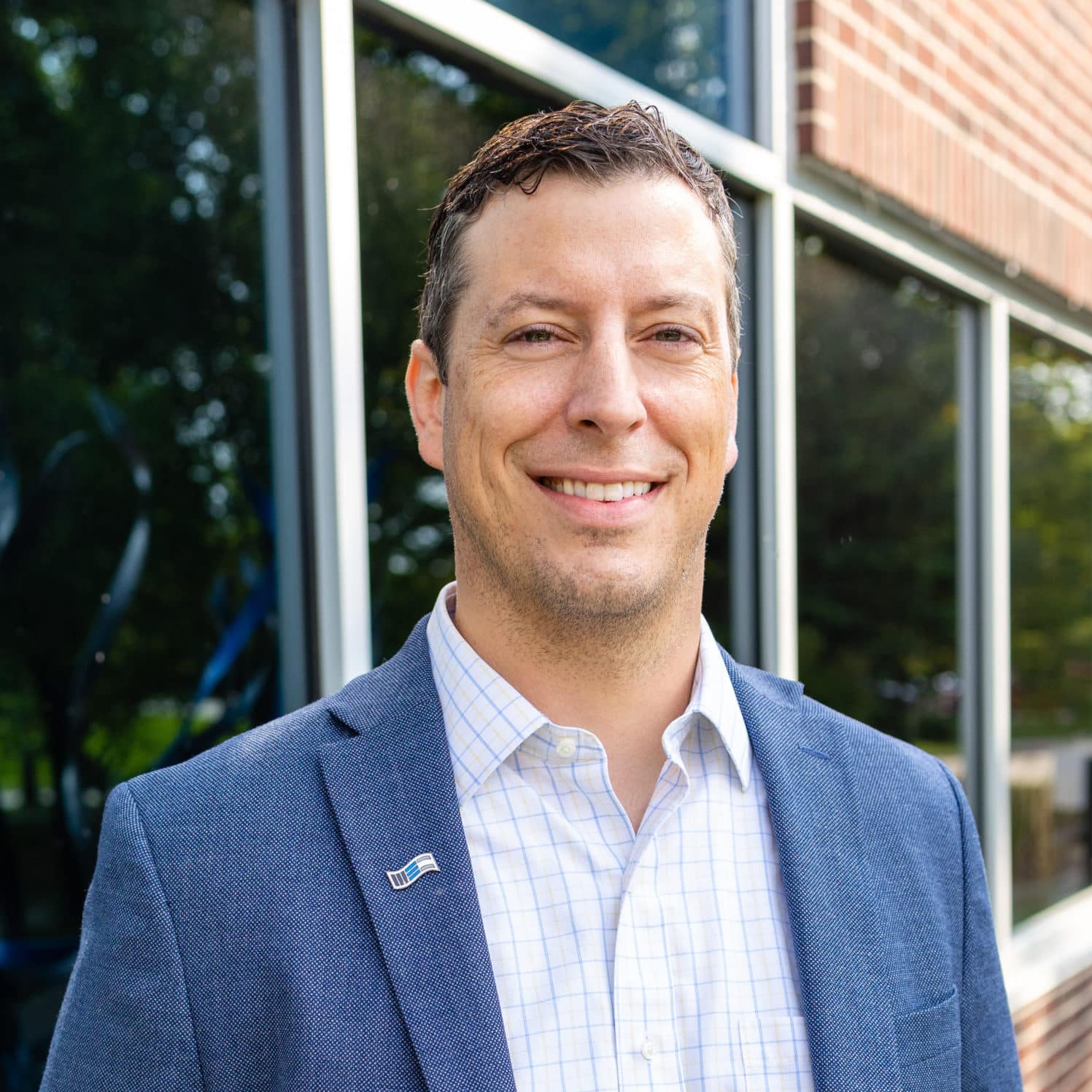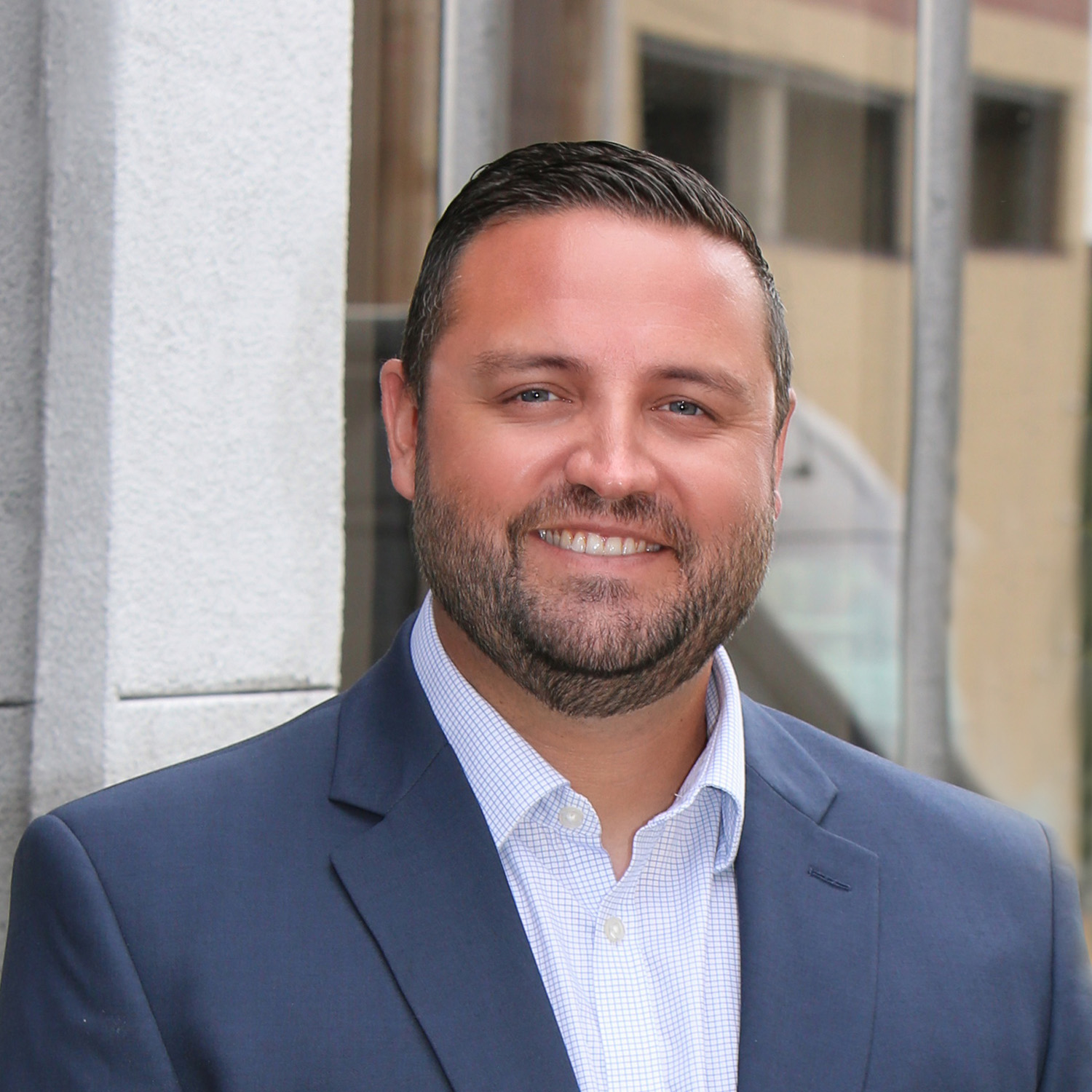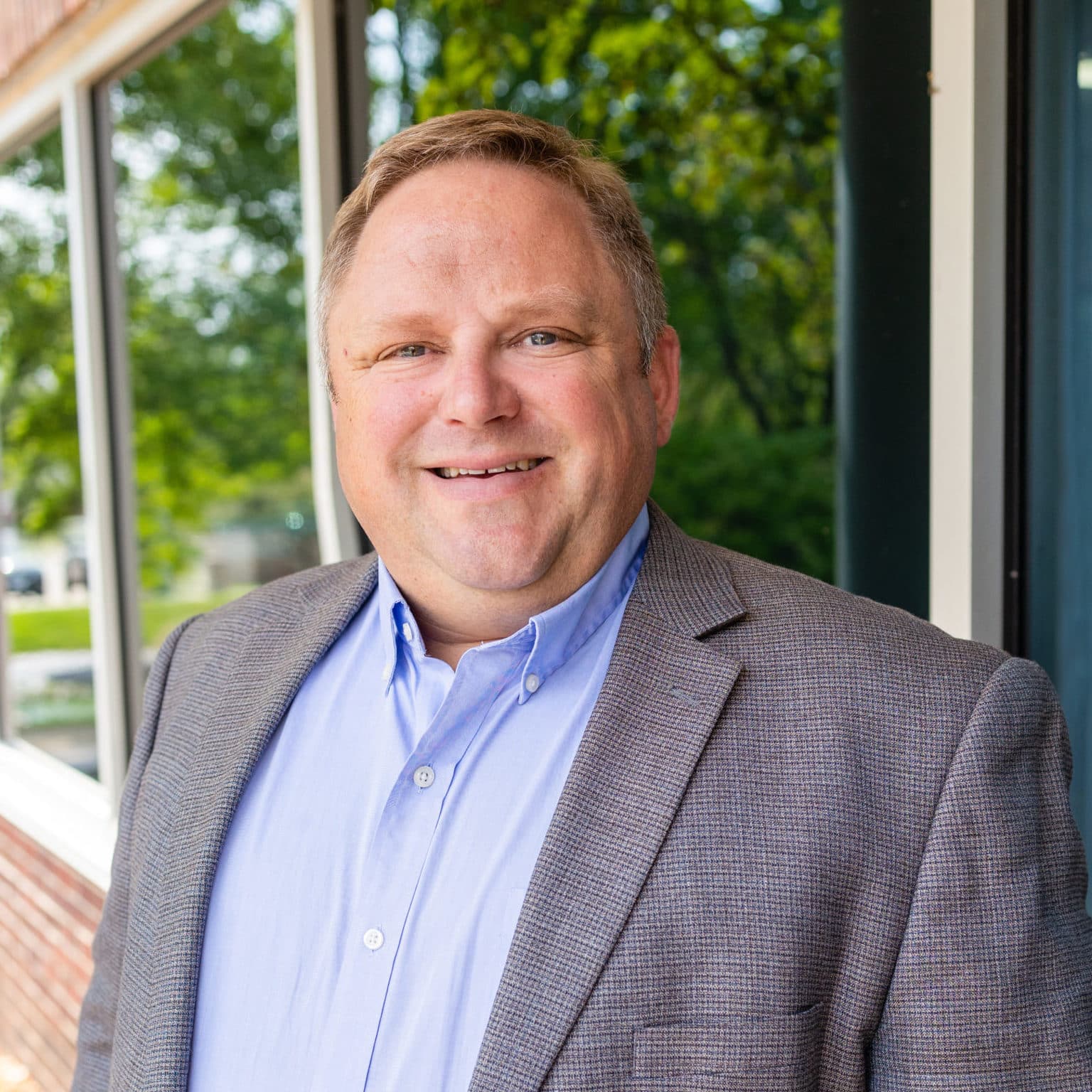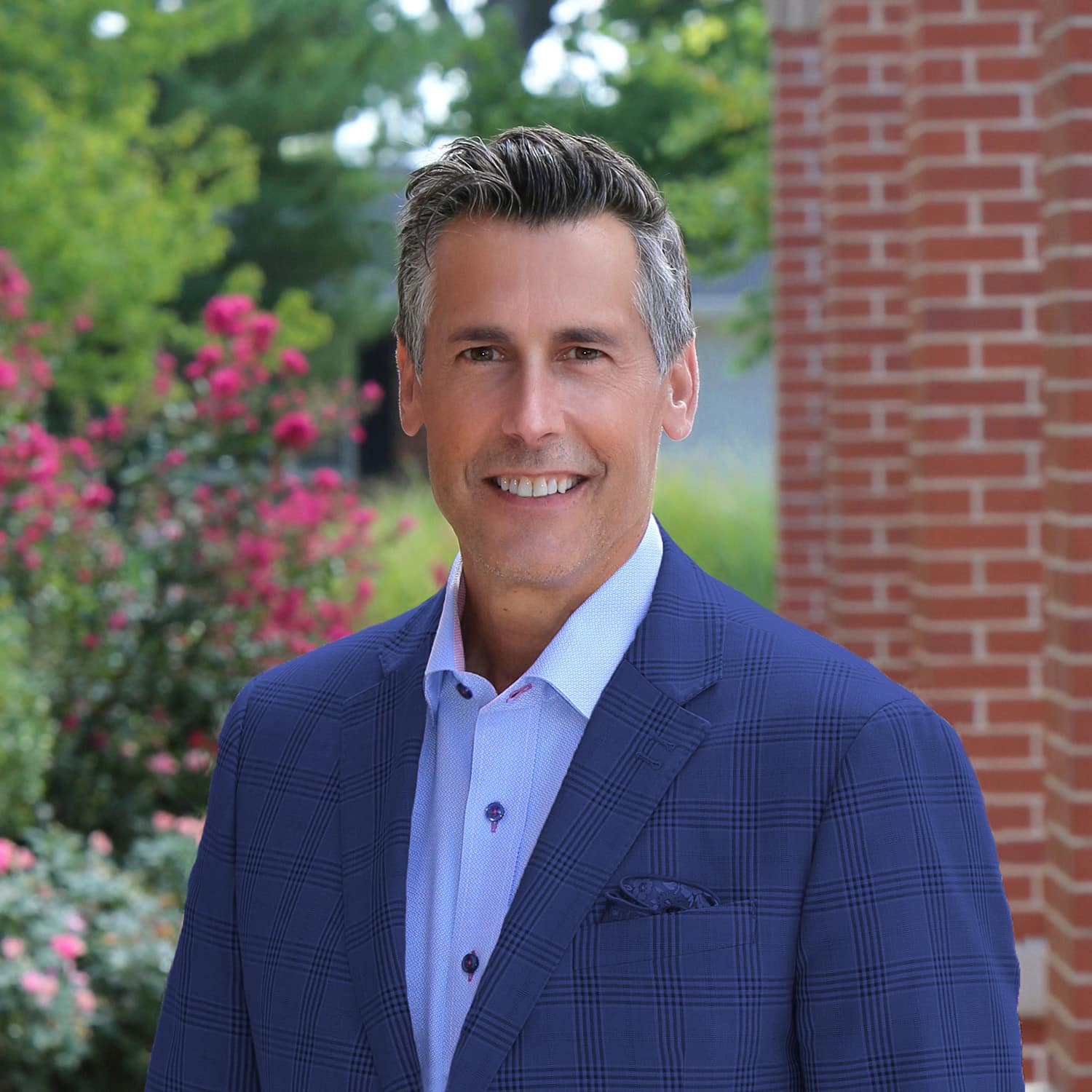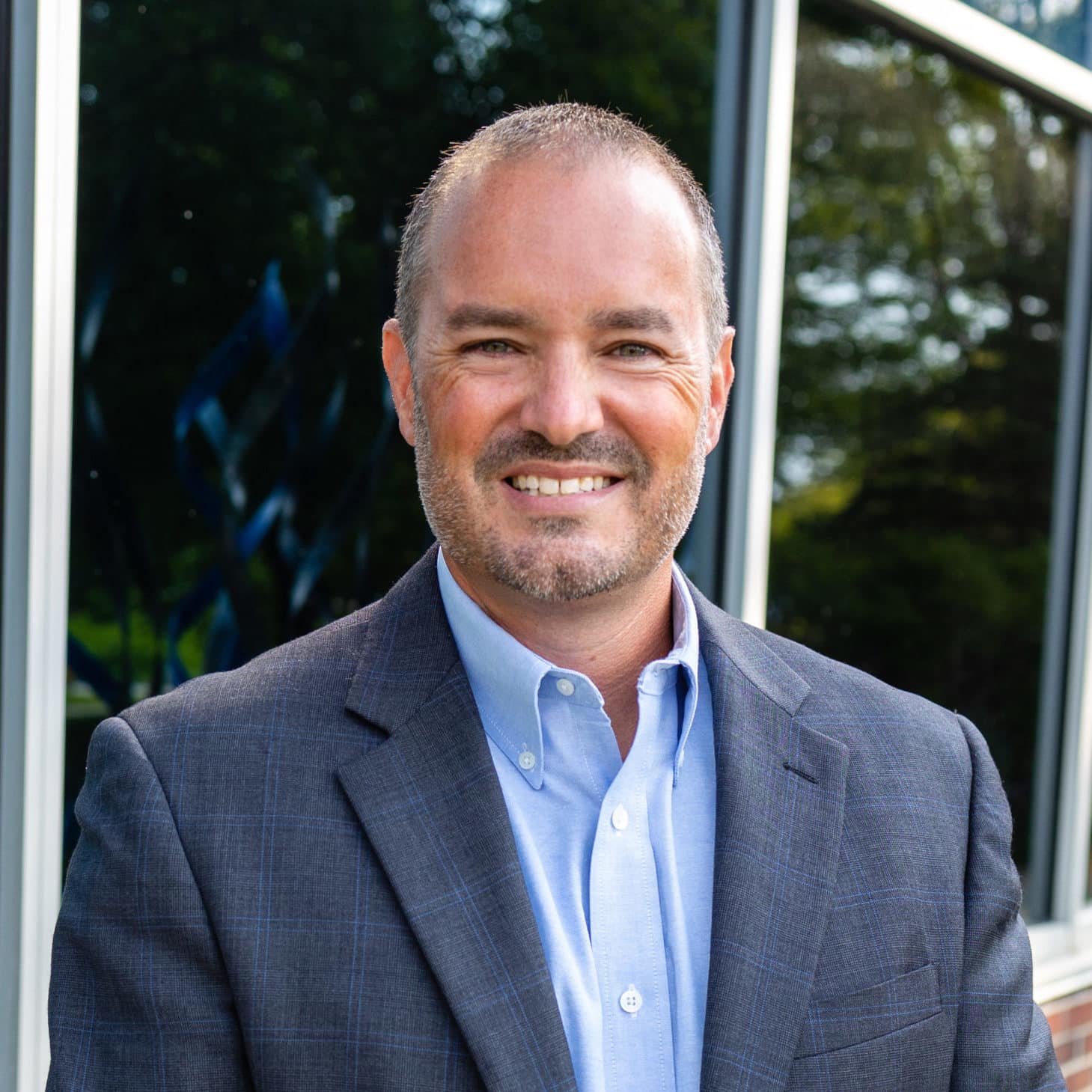As cities continue to grow and evolve, the concept of walkability has become increasingly important. Walkability is the measure of how easy and safe it is to walk in a city. The methods in which cities accommodate pedestrians affect how livable and sustainable a city is.
The Importance
While walkability is about convenience, it also has numerous benefits for individuals and communities. Here are some reasons why increasing walkability should be a priority for cities:
- Reduced Traffic Congestion: With more people choosing to walk as a form of transportation, fewer vehicles will be on the road which ultimately helps reduce traffic congestion. This is especially important in densely populated cities where traffic can be a major issue.
- Environmental Impact: Walking is a sustainable way to travel that doesn’t cause air pollution or greenhouse gas emissions. By promoting walking, cities can reduce their carbon footprint and contribute to a cleaner environment.
- Economic Benefits: Walkable cities can also have economic benefits. An increase in foot traffic can benefit local businesses by increasing storefront access. Walkable neighborhoods also tend to have higher property values, making them more desirable places to live.
What Makes a City Walkable?
Sidewalks and Crosswalks
The most basic element of a walkable city is the presence of sidewalks and crosswalks. Sidewalks provide a safe and designated space for pedestrians to walk, while crosswalks allow them to safely cross the street.
In order for sidewalks and crosswalks to be effective, they must be well-maintained and clearly marked. This includes ensuring that sidewalks are free of obstacles and hazards, and that crosswalks are clearly visible and have appropriate signage.
Installing trees or lighting adjacent to sidewalks can make the space feel safer to the everyday user. Other measures can be taken to improve walkability such as installing benches along walking paths for pedestrians to rest.
Roadway Accommodations
In order for a city to be walkable, roadways must have appropriate accommodations for pedestrians. Utilizing measures to slow down vehicles makes it safer for pedestrians which increases the likelihood of one choosing to walk.
Engineers can play a role in designing and implementing measures such as traffic circles, narrower travel lanes, speed humps, and raised crosswalks. Providing adequate buffer space between the back of curb or vehicular travel lane and the edge of sidewalk improves safety for both drivers and walking pedestrians. One method to provide buffer space in downtown areas is to provide on-street parking. These features not only improve walkability, but also contribute to overall traffic safety.
Pedestrian Signals
Pedestrian signals, also known as “walk” signals, are an important element to walkability. These signals alert drivers of pedestrian traffic and indicate when it is safe for pedestrians to cross the street. They are especially important in busy or high-traffic areas.
The most typical pedestrian signal can be found at intersections on standard traffic lights alerting pedestrians when it is time to cross the roadway. There are also other pedestrian signals that can be implemented along a roadway where a signalized intersection is not present. These include High Intensity Activated Crosswalks (HAWK) and Rectangular Rapid Flashing Beacons (RRFB). These signals increase pedestrian safety and make it easier for them to navigate the city on foot.
Americans with Disabilities Act (ADA) Accessibility Guidelines
In order for a city to be truly walkable, it must be accessible to all individuals. The Americans with Disabilities Act (ADA) sets guidelines for accessibility in public spaces, including sidewalks and crosswalks.
McClure’s Transportation team will ensure that your city’s sidewalks are ADA-compliant. This includes designing and constructing sidewalks and crosswalks that are accessible to individuals with disabilities.
Public Transportation Facilities
A walkable city should have easily accessible and well-maintained public transportation facilities, such as bus stops and train stations.
Designers must ensure that public transportation facilities are safe, accessible, and convenient for pedestrians. This includes features such as sidewalk ramps, elevators, and connecting portions of sidewalk where there are gaps near public transportation facilities so that pedestrians can arrive at and depart from the facilities safely.
How McClure Engineers Can Improve Walkability
Collaborate with Urban Planners
One of the most effective ways to contribute to walkability is by collaborating with urban planners. Urban planners are responsible for designing and developing cities. They work closely with engineers to ensure that their plans are feasible and sustainable.
By working together, engineers and urban planners can design cities that are functional and accessible. This collaboration can lead to safer and wider sidewalks, more effective crosswalks, and improved public transportation facilities.
Conduct Walkability Audits
To identify areas for improvement, engineers can conduct walkability audits in their cities. These audits involve walking through different areas of the city to evaluate the safety of sidewalks, crosswalks, and other pedestrian features.
By conducting walkability audits, engineers identify areas that need improvement and make recommendations for changes or upgrades. This can lead to tangible improvements in walkability and pedestrian safety.
Who is Responsible for Walkability?
While engineers play a crucial role in improving walkability, they are not solely responsible for it. This is a collaborative effort that involves various stakeholders, including city planners, government officials, and community members.
However, engineers have a unique skill set and expertise that can contribute to creating a more walkable city.
Conclusion
Walkability is essential for a city to be livable and sustainable. Maintaining proper sidewalks, crosswalks, and pedestrian signals assist in making walking a more attractive option. The McClure Transportation team is committed to making your city more walkable, focusing on resident well-being and accessibility. This effort is one of the main keys to creating vibrant urban environments.

Kaleb Noonan, PE
Kaleb serves as a Project Engineer on McClure’s Transportation team. Kaleb’s project experience includes roadway reconstructions, trail design, site layout design, storm and sanitary sewer system analysis and design, water main design, building demolition plans, ADA sidewalk design, and construction administration/observation. You can contact Kaleb at knoonan@mcclurevision.com.

Kaleb Noonan, PE
Kaleb serves as a Project Engineer on McClure’s Transportation team. Kaleb’s project experience includes roadway reconstructions, trail design, site layout design, storm and sanitary sewer system analysis and design, water main design, building demolition plans, ADA sidewalk design, and construction administration/observation. You can contact Kaleb at knoonan@mcclurevision.com.
Learn More
Learn more about McClure’s Transportation services or contact us at info@mcclurevision.com.
